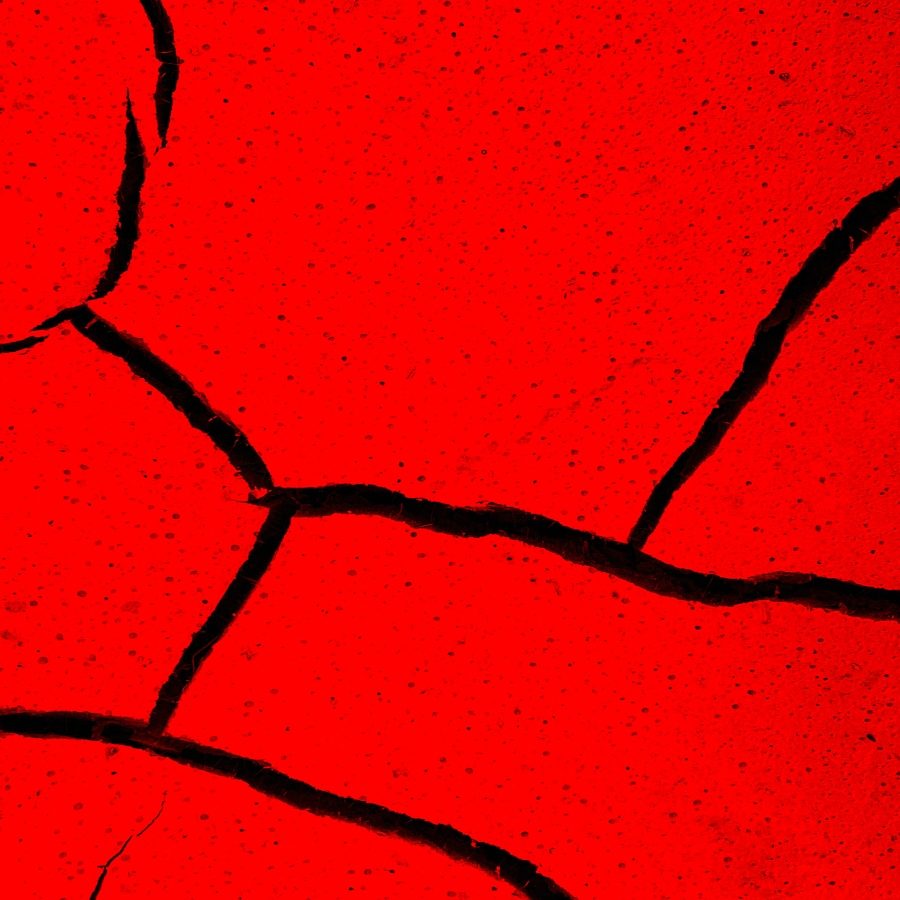
Where Have All the Children Gone
After the war, a corkboard appears in the center of the village. No one knows how it got there. Only that there are several black pushpins puncturing the cork and a message for all the villagers to post their missing children.
Weeks pass and none of the villagers post. They hover around the board, women linking arms in fear of losing each other to temptation. What does it mean, they say, pulling each other close. Their free hands resting on their stomachs.
The men gather in bars and claim the board does not exist. A prank. Something someone misplaced. Only when they are drunk or aware they’ve been away too long again, the voices of their wives echoing in their ears, do they murmur the names of their children, the ones who are never coming back.
The first of a month none of the villagers can remember arrives and someone posts on the board. A picture of a boy with freckles and blue eyes, his front teeth peeking beneath his upper lip. No one recognizes the child. Had he ever been one of them? They feel guilty, the women leave flowers while the men scatter caramel candies and mints long abandoned in their bars.
Someone else posts. An envelope, fat, with stickers of clouds decorating the front. For Mila, they read and try to imagine her. Hair past her shoulders before a rule declared it needed to be cut. Running and smiling while her mother chased her in the yard, ribbons in her grasp. Her father reading Mila stories about brave knights slaying dragons all before she applied and signed and left to train. All before anyone never saw her again.
The villagers fill the corkboard. Pin baby blankets, macaroni art, and candy wrappers. There are letters with no addresses, dolls with one eye shut. Glue sticks and glitter. Cowboy hats and home-made slime. There are pictures. Of Rico blowing bubbles in his mother’s shoes. Tandy covered in mud, mid-roar, “Beware Muck Monster,” written in braille. Carmen with peanuts in her overalls, Nathan balancing ten plates on his head, Cheza on the shoulders of a blurred man, and a boy named “Bean” sleeping on a stump.
However, though the corkboard is full of missing children, the villagers never know who they are. Though their names are written and their pictures are posted, and even though it’s clear someone is posting to the board, the villagers have no idea who.
The women enter the bars and ask the men if they know. No, they say, and the women sit and drink enough not to mind the burning in their throats. The men hover around the board, ask any women when they pass by half questions. Did we…? Did you and I? Is that our…? No, they say, and the men retreat to their homes. Watch the door until they grow tired of waiting for a woman they can’t remember.
Winter freezes the corkboard in the center of the village. Some of the villagers try to carve out the pictures and toys and blankets but everything shatters so the villagers choose to abandon the board instead. Agree to try again in the spring.
When the weather warms and the villagers tire of waiting, they go to the corkboard and find nothing there. No board. No blankets. No letters or pictures. A man steps forward, the sleeve where his left arm used to be pinned to his shoulder. He has freckles, his front teeth peek from his upper lip, and he asks where have all the children gone?
And all the villagers lower their heads including someone wearing their mother’s shoes, a string of bullet wounds dotting their chest. A woman with a silk scarf tied around her eyes, with mud on her teeth, and in her hair. A man balancing ten sets of dog tags in his palm. A woman with burns wrapped around her neck and chest sucking on salted peanuts, the discarded shells at her feet. The man in the distance, his arm in a sling, who sits with his legs crossed on a stump. They weep and they link arms and they whisper to one another, where have all the children gone?
Avitus B. Carle (she/her) lives and writes outside of Philadelphia, Pennsylvania. Her stories have been published in a variety of places including JMWW, Necessary Fiction, SoFloPoJo, X-R-A-Y Litmag, Electric Lit’s The Commuter, and elsewhere. Her debut flash fiction collection, “These Worn Bodies,” will be published by Moon City Press in November 2024. She can be found online at avitusbcarle.com or online everywhere @avitusbcarle.
Submit Your Stories
Always free. Always open. Professional rates.
